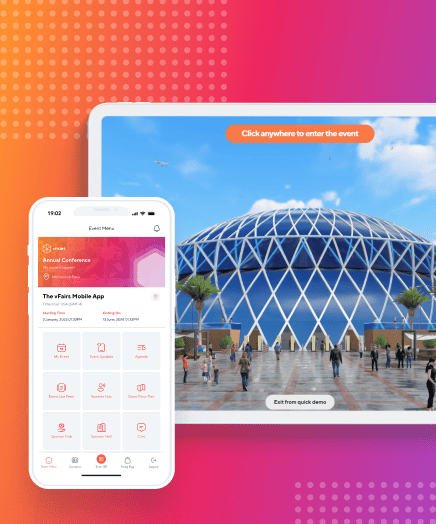Virtual conferences are the latest in a line of online video-based learning that has emerged over the past few years. Indeed, there are so many varieties that you might be forgiven for getting confused about the differences between them. What sets virtual conferences apart from e-learning classes and webinars is their similarity to physical conferences. Rather than one person leading a group discussion with multiple participants, a virtual conference thrives on the collaboration of its participants, who each bring something valuable to the table.
Similar to their real-world counterparts, virtual conferences can cover any topic or industry. The one thing they have in common is a culture of learning and the provision of educational resources based on their subject matter. This might be in the form of interviews, paper presentations, or panel discussions.
But, you may well ask, if they’re practically the same as regular conferences, what’s the point of virtual conferences? Let’s address this question!
1. Virtual Conference Leads to Money-saving
Virtual conferences are priced more favorably than physical versions, as the costs of putting one together are minimized by the lack of need for a physical venue and the associated costs. These costs really rack up: an in-person conference requires venue rental, catering, service staff, and they will often pay for the travel and accommodation of speakers. Virtual conferences can avoid the majority of these expenditures.
When, in an increasingly interconnected educational market, you have speakers coming from around the world, the price of getting everyone in the same room can skyrocket.

2. Virtual Conference is Accessible
Conference attendants are becoming more international, and the locality of an event is becoming a serious restriction to its impact. A conference on Japanese business ethics held in London is unlikely to attract a large proportion of speakers from Japan. Even if you are in the same city, there’s a good chance you will not make it to a conference for one reason or another; you don’t have the time, you’re busy at work or the venue is inconvenient to get to.
A virtual conference eliminates the restrictions of the locality. Conferences can share information with a truly global audience without the inconvenience and lost time of travel. Even better, an online conference is recorded and still available after it is finished, meaning anyone can access it at any time, anywhere — from a Starbucks halfway around the world or an airplane toilet.
Accessibility, in this case, is truly far-reaching, as virtual conferences are not prohibitive to disabled attendants in the same way that physical conferences are. The nature of the technology welcomes captions or audio description, and there’s no question of physical access restrictions.

3. Virtual Conference is Casual & Convenient
I mean this in all senses of the word. In-person conferences are renowned for their exclusionary atmospheres, from all-male spaces to overly formal dress codes. Dress to impress is real in physical conferences.
The virtual space removes the formality and hierarchy of conferences, making learning more accessible to all. You’re not judged by the quality of your suit or your ability to shout above the crowd, but instead by your capacity and passion for learning.

It’s Up To You!
Virtual conferences, perhaps more so than their physical counterparts, are determined by their attendants. They are much more convenient to attend, but that means they are also much easier to miss — it’s only one video, what’s the harm in sleeping in instead?
Final Word
The success or failure of the virtual conference model will largely depend on whether users warm to it, but so far they show no signs of disappearing. The good news is that, if you’re unsure about whether virtual conferences are your cup of tea, there’s little stopping you from giving them a go.
If you do decide to attend (and we hope you do), try to make the most of your experience. Show up to the talks, participate in the chats, catch up to the ones you missed. The only way to improve the experience is to actively engage.
About the Author:
Beatrix Potter is a tech writer at Academized and Boomessays writing services. Bea writes about business management and methods of increasing workplace efficiency. In her spare time, she plays rugby and participates in triathlons across the country.
P.S. Looking for an amazing 3D online conference platform? Look no further than vFairs.


